Exploring the largest caves in the world reveals some of nature’s most awe-inspiring wonders. These underground labyrinths stretch for miles, with some featuring stunning formations, ancient rivers, and vast chambers. Each one has its own unique characteristics, shaped over millions of years by the forces of nature. From the deepest caves to the longest systems, these natural marvels continue to intrigue adventurers and scientists alike. As exploration continues, many of these may reveal even more hidden secrets, further expanding our understanding of the underground world.
Veryovkina Cave, Georgia
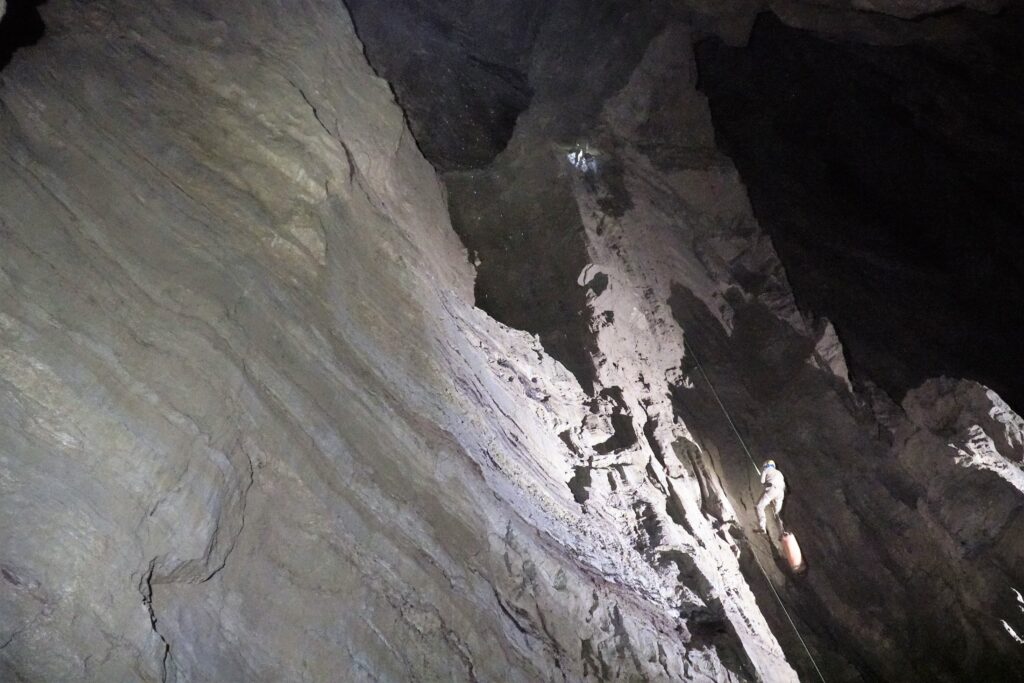
Veryovkina Cave, located in the Arabika Massif in the Western Caucasus of Georgia, is the deepest known cave in the world, surpassing even Krubera Cave. First explored in the 1960s, it reached its current recorded depth of 2,212 meters in 2018, making it the deepest point a human can descend into the Earth’s crust. It is primarily a limestone formation and features vertical shafts, narrow passageways, and underground lakes, making exploration extremely challenging. It requires advanced caving equipment and multiple days to navigate the depths. The entrance to the cave is at an elevation of over 2,000 meters, adding to the difficulty of access. In recent years, researchers have discovered new sections, further pushing the cave’s limits and depth records. These expeditions have also revealed unique forms of life, including invertebrates that survive in complete darkness and isolation.
Deer Cave, Malaysia

Deer Cave, also located in Gunung Mulu National Park, Malaysia, is one of the largest single cave passages in the world, stretching over 4 kilometers in length and towering up to 100 meters in height. It was first explored by scientists in the 1970s and quickly gained fame for its immense size and biodiversity. It is home to millions of bats and swiftlets, which create a dynamic ecosystem within its dark, humid chambers. Its entrance is among the largest in the world, allowing sunlight to penetrate deep into its recesses. Its impressive limestone formations include towering columns and expansive chambers. Ongoing exploration has revealed that it connects to other cave systems in the area, potentially expanding its known size. Scientists are also studying the role of the bat population in shaping the cave’s ecosystem.
Son Doong Cave, Vietnam

Son Doong Cave is located in the Phong Nha-Ke Bang National Park of Vietnam and is recognized as the largest cave in the world by volume. Discovered in 1991 by a local farmer, it wasn’t fully explored until 2009 by a team of British cavers. It measures over 5 kilometers in length, with sections reaching 200 meters in height and 150 meters in width. Its size is so vast that entire forests grow inside, along with a fast-flowing underground river. It is a limestone cave, and it’s believed to have formed about 2 to 5 million years ago. Visitors to the cave are limited to protect its unique ecosystem. Recent research has revealed that a massive stalagmite formation, standing at 80 meters, is among the tallest found anywhere on the planet.
Škocjan Caves, Slovenia
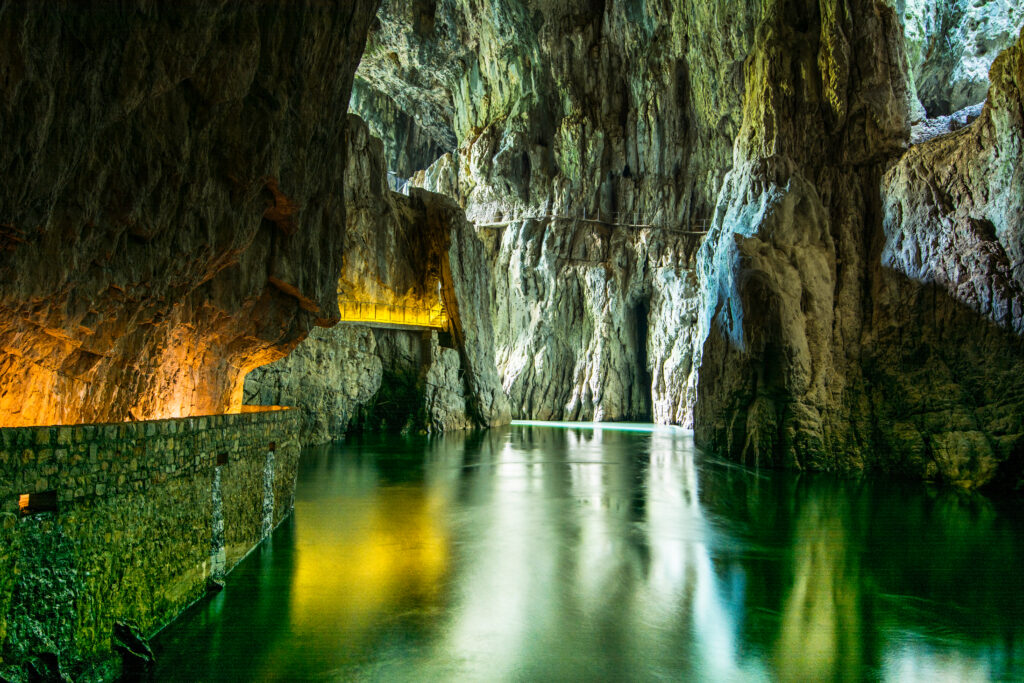
The Škocjan Caves, located in Slovenia, are among the most spectacular underground systems in Europe, with a length of about 6 kilometers. These are famous for their immense underground river canyon, one of the largest in the world. They were first explored by humans as far back as prehistoric times, with more detailed exploration beginning in the 19th century. It is made primarily of limestone, and its formations include massive stalactites, stalagmites, and flowstones. The Reka River flows through the cave, contributing to its dynamic geological formations over time. It is a UNESCO World Heritage site due to its ecological and geological significance.
Ali-Sadr Cave, Iran
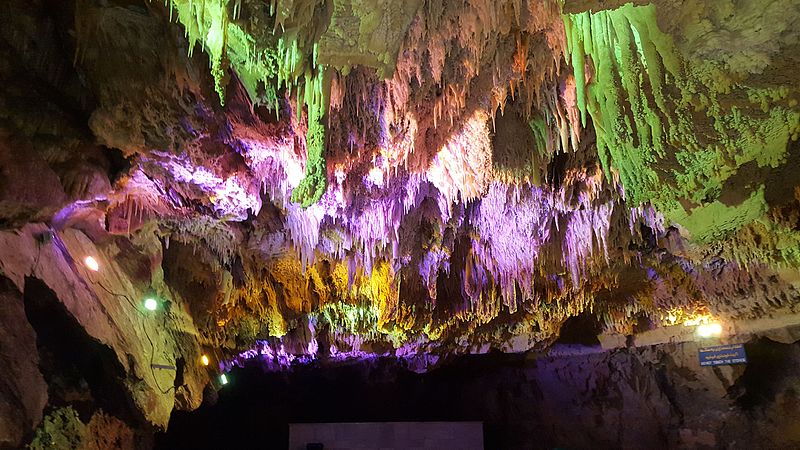
Ali-Sadr Cave, located in the Hamadan province of Iran, is one of the largest water caves in the world, with over 11 kilometers of water-filled passages. Discovered by locals centuries ago, the cave became known to modern explorers in 1963 and has since become a popular tourist destination due to its breathtaking beauty and ease of access. Visitors can explore the cave by boat, gliding through its crystal-clear waters surrounded by stunning stalactites, stalagmites, and flowstones. Its limestone formations date back to the Jurassic period, making it geologically significant. It also has dry chambers, which can be accessed on foot, revealing large open spaces filled with unique rock formations. Recently, additional sections of the cave have been mapped, hinting at more unexplored passageways. Studies suggest that the cave could extend even farther into the surrounding mountains.
Clearwater Cave, Malaysia
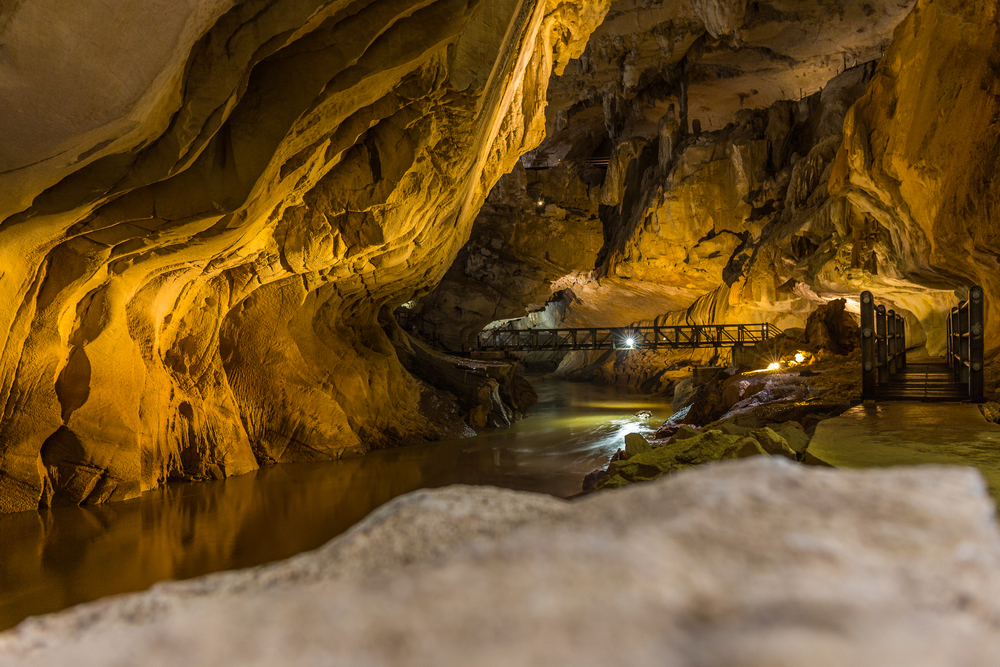
Clearwater Cave, located in Gunung Mulu National Park on the island of Borneo, Malaysia, is one of the longest cave systems in Southeast Asia, with over 220 kilometers of mapped passages. It was discovered by British explorers in the late 20th century and has since become a renowned tourist attraction. The cave system features vast underground rivers, making it one of the longest cave-river systems in the world. It is notable for its massive chambers and intricate limestone formations, including stalactites, stalagmites, and flowstones. It is also home to several rare and endemic species of bats and insects. Ongoing exploration has revealed more hidden passageways, and scientists believe that additional sections of the cave system have yet to be discovered. Recent surveys have uncovered fossils and ancient river beds within the cave, providing clues to its formation history.
Lechuguilla Cave, USA
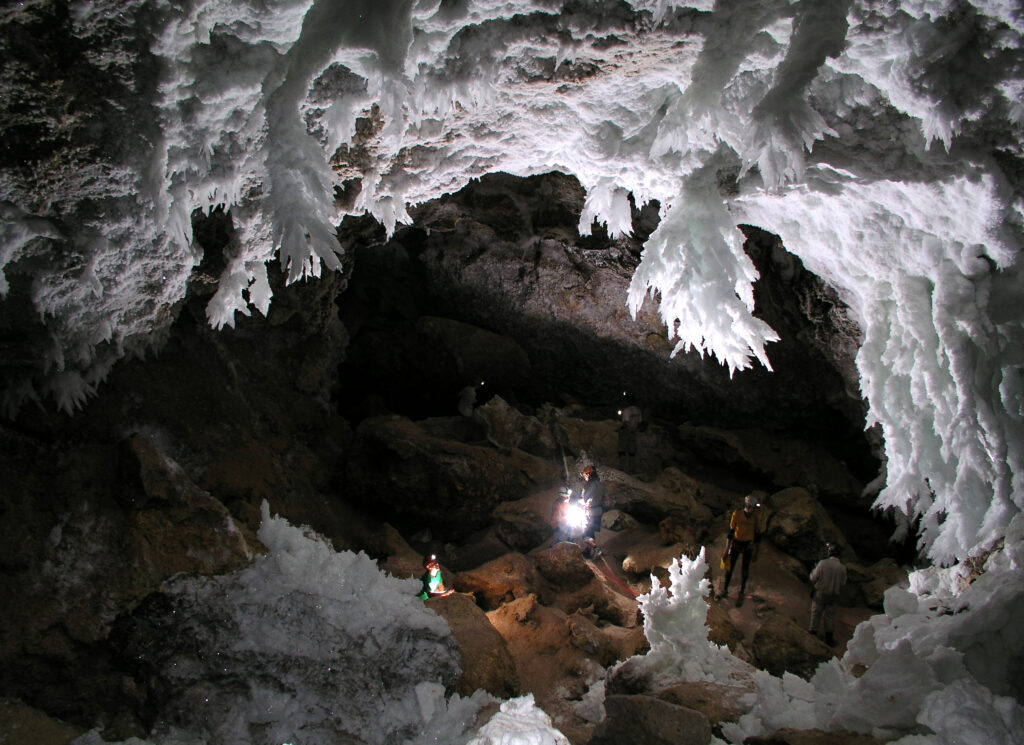
Lechuguilla Cave, located in Carlsbad Caverns National Park, New Mexico, is known for its stunning gypsum formations and extraordinary length, with over 222 kilometers of mapped passages. Discovered in 1986, its beauty lies in its delicate speleothems, including gypsum chandeliers, sulfur crystals, and other rare formations. It is primarily a sulfuric acid cave, created by the reaction of hydrogen sulfide gas with groundwater. Unlike most limestone caves, Lechuguilla features winding, vertical shafts and complex networks that challenge explorers. It remains closed to the general public to preserve its pristine condition, though scientific research is ongoing. Recent expeditions have revealed new chambers and formations previously unknown, expanding the understanding of its ecosystem. The discovery of new microbial life forms in the cave has also captured the interest of biologists and geologists.
Jewel Cave, USA

Jewel Cave, located in the Black Hills of South Dakota, is the third longest cave in the world, with more than 330 kilometers of mapped passages. It was discovered in 1900 by two brothers, Frank and Albert Michaud, who found it by following the sound of wind rushing from a small hole in the ground. It is named for its sparkling calcite crystals, which line many of its walls, giving it a jewel-like appearance. Its passages are known for their narrowness and complexity, requiring advanced climbing and caving skills to explore. It also has vast chambers filled with unique formations, such as draperies, flowstones, and popcorn-like structures. Recent discoveries in the cave include new rooms and formations that were previously inaccessible. With ongoing exploration, the mapped length of this cave continues to grow, hinting at the possibility of more hidden chambers.
Sistema Sac Actun, Mexico
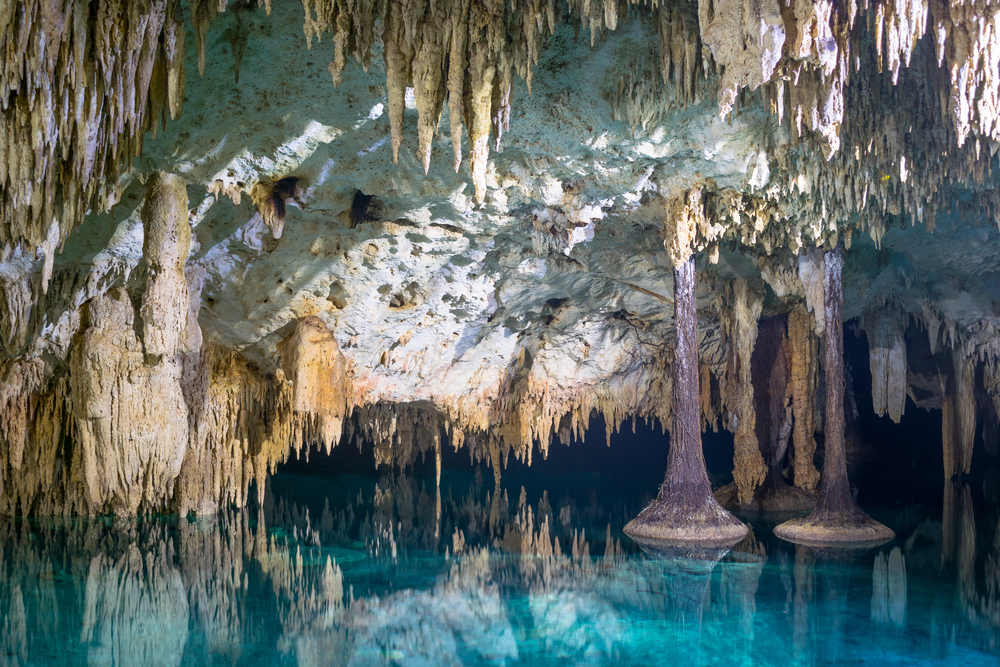
Located in Mexico’s Yucatán Peninsula, Sistema Sac Actun is the longest underwater cave system in the world, with over 370 kilometers of explored passages. Discovered in 1987, this cave system connects with another cave, Dos Ojos, making it a massive network of flooded tunnels. Its name, which means “White Cave” in Mayan, reflects its limestone formations and crystal-clear water. It is famous for its stunning underwater beauty, featuring stalactites, stalagmites, and ancient rock formations. Divers and researchers have also found evidence of prehistoric human remains and extinct animals within the cave. It plays a crucial role in the local ecosystem, providing fresh water for the surrounding region.
Mammoth Cave, USA
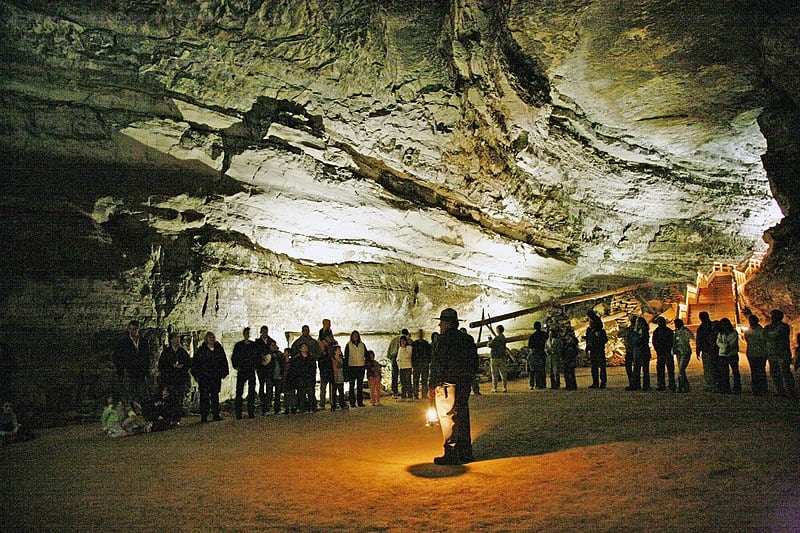
Mammoth Cave, located in Kentucky, USA, is the longest cave system in the world, with over 640 kilometers of explored passages. It has been known to humans for thousands of years, with Native Americans using it for shelter and mining minerals. It is composed mainly of limestone, and it was first documented by European settlers in the late 18th century. The extensive passageways include large chambers, tight crawlways, and unique formations such as stalactites and stalagmites. It is a UNESCO World Heritage site and a popular tourist destination for spelunkers and nature lovers. New evidence suggests that certain sections may connect with other cave systems in the region.
This article originally appeared on Rarest.org.
More from Rarest.org
21 Forest Plants That Thrive in Low-Light Conditions

Forest floors are often shaded, but that doesn’t mean they’re barren. Many plants thrive in low-light conditions, adding greenery and life to the darkest corners of the woods. Read More.
10 Largest Mosques in the World

Mosques are not just places of worship but also architectural marvels that represent the cultural, spiritual, and artistic heritage of the Islamic world. Across the globe, these structures stand out for their immense size, intricate designs, and historical significance. Read More.
20 Exotic Birds With Stunning Plumage Found in Remote Islands

The world’s remote islands are home to some of the most exotic and visually stunning birds on the planet. These unique species often develop vibrant plumage and fascinating behaviors, thriving in isolated habitats far from human disturbance. Read More.
